
As Summer taps us on the shoulder, many of us green thumbs have planted one or more of the various varieties of squash. Such prolific vining plants, they seem to dominate the space they grow in. It won’t, however, take a gardener long to discover the heartbreak and disappointment of witnessing the wrath of squash’s nemesis. Yes, friends, I’m speaking of the squash vine borer.
For those who are unaware, the squash vine borer is a species of moth that attacks many varieties of squash. The moths typically lay their eggs at the base of leaf stalks, and the larvae develop and feed inside the stalk, eventually killing the leaf. They can migrate to the main stem, and with enough feeding damage, can wipe out the entire plant.
In the “melon” side of my garden this year, I have a volunteer pumpkin plant that probably came from a spent crop I grew a couple of years ago. I’ve watched this plant struggle as a seedling, but then explode into the largest vegetable plant I’ve ever grown (based on footprint and leaf size).
That vigor came to an abrupt halt about a week ago. While going to see how much everything had grown from an earlier rain event, I noticed the familiar (and dreaded) tell-tale sign of vine borer damage… the wilted leaves. Fortunately, I’d been reading up on garden pests; so like an off-duty EMT, I rushed into action.
The first thing I noticed was that not all of the plant had wilted, telling me that the main stem hadn’t been attacked… yet. How did I find the source of the damage? Simple. I followed the two damaged vines back to where they met at the main stem. I did not see the familiar “piles of frass” normally seen at this location. What I found underneath, however, was a rotted area where the vine touched the ground. This would be where I would “operate”.
With my kitchen paring knife and camera on hand, I started to cut open the stem. It didn’t take long to find the culprit… the larva munching away. I removed the pest and put it in a plastic container. My only mistake was that I cut part of the stem crosswise rather than the recommended lengthwise. Oh well… lesson learned.
The common method to “stop the bleeding” is to mound moist soil around the stem after you’ve removed the borers to encourage root growth. As I was standing up to go do this, I looked over and saw an adult moth. Almost as if mocking me and patting itself on the back at its accomplishment, it sat unaware on a leaf. Fatal mistake. I grabbed a second container and captured it. Isn’t revenge sweet?
After I covered the stem with soil and compost, I proudly walked away with my prize captures. I could only hope for the best at this point. After one week, I had good news and bad news. The damaged branches that I tried to heal never recovered, but I didn’t lose the entire plant either. It was a close call I will certainly prepare better for in the future.
I hope this Fall’s squash and pumpkin plants will not be “bored”!
Fine Gardening Recommended Products

ARS Telescoping Long Reach Pruner
Fine Gardening receives a commission for items purchased through links on this site, including Amazon Associates and other affiliate advertising programs.

A.M. Leonard Deluxe Soil Knife & Leather Sheath Combo
Fine Gardening receives a commission for items purchased through links on this site, including Amazon Associates and other affiliate advertising programs.

isYoung Birdlook® Smart Bird Feeder with Camera
Fine Gardening receives a commission for items purchased through links on this site, including Amazon Associates and other affiliate advertising programs.


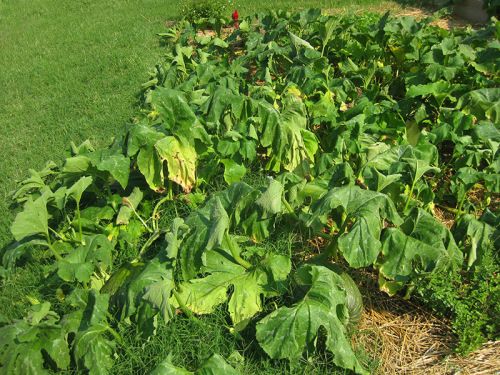
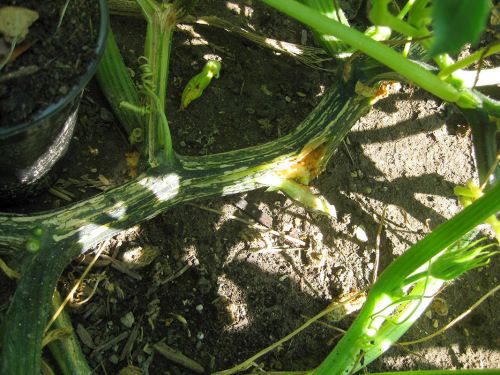
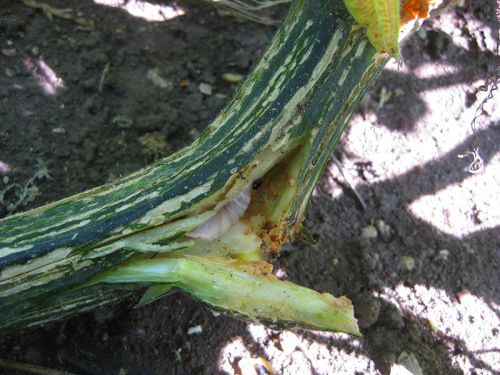
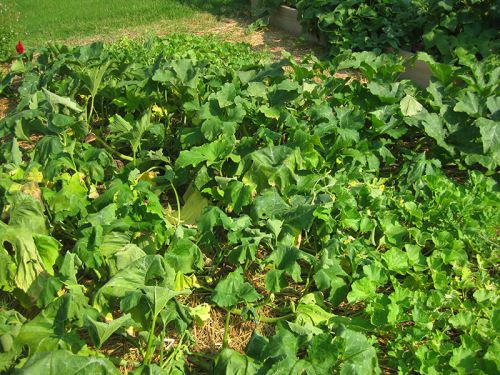

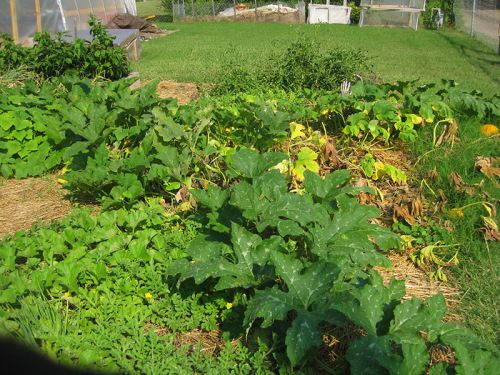
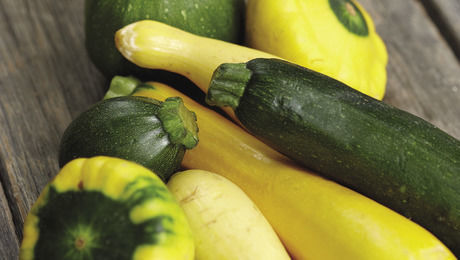

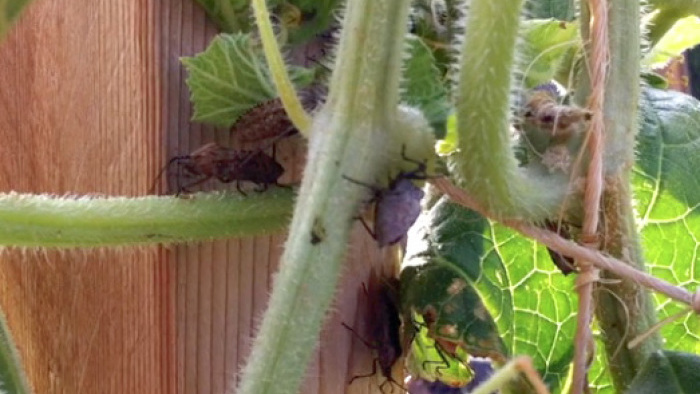














Comments
Log in or create an account to post a comment.
Sign up Log in